Skipping
Funded through our PE and Sport Premium, Year 2 and Year 4 have recently taken part in a skipping workshop led by ‘Skipping School’; both classes will then be part of a Leeds wide skipping competition.
- ‘I learnt a lot! It was fun and I learnt new skills.’
- ‘I think it is a good idea to skip because we are a happy and healthy school.’
- ‘I liked the skipping because I got to learn new things.’
- ‘I loved the skipping and the new skills because skipping makes you fit.’
- ‘First, I was really bad at skipping but when Jodi came I got better. Now I like skipping.’
We are offering all children the opportunity to learn these new skills, from their peers, by introducing skipping as a physical activity at lunchtimes. This is one way we are promoting physical activity during the school day for children to get their active 30 minutes.
The Government’s Childhood Obesity: A Plan for Action, shares the expectation for all primary schools to provide a minimum of 30 active minutes every day for all pupils. The Chief Medical Officers recommend a minimum of 60 minutes a day of moderate to vigorous activity for children aged 5-18. Schools are expected to provide 30 of these minutes and families to achieve the other 30.
‘Skipping School’ also sell their ropes and we would like to offer all children the chance to buy a rope at a heavily subsided price (funded by our PE Premium) to continue learning these fundamental movement skills at home.
Ropes will be on sale at a price of £2 (normal price £5) before and after school during the week of 05 February. Starting with a stall at the PTA cake sale, Year 6 children will be selling the ropes in the playground subject to the weather. Please bring exact change wherever possible.

Fractions
Year 4 have been learning all about fractions and their equivalents. Some children were finding this concept quite tricky in class. We’d like the children to revise fractions at home and below is some useful information and ideas to support your child.
All children in Year 4 are expected, by the end of the year, to be able to recognise and show, using diagrams, families of common equivalent fractions.
What is a fraction?
A fraction represents a part of a whole or, more generally, any number of equal parts. When spoken in everyday English, a fraction describes how many parts of a certain size there are, for example, one-half and three-quarters. The numerator (the top number) represents a number of equal parts, and the denominator (the bottom number), which cannot be zero, indicates how many of those parts make up a unit or a whole. For example, in the fraction 3/4, the numerator, 3, tells us that the fraction represents 3 equal parts, and the denominator, 4, tells us that 4 parts make up a whole.
 This is a cake with one quarter removed. The remaining three quarters are shown. Dotted lines indicate where the cake may be cut in order to divide it into equal parts. Each part of the cake is denoted by the fraction 1/4.
This is a cake with one quarter removed. The remaining three quarters are shown. Dotted lines indicate where the cake may be cut in order to divide it into equal parts. Each part of the cake is denoted by the fraction 1/4.
- Cut fruit and veg into pieces of equal amounts and look closely at the sizes of each piece. How many are equivalent to a half? Children find it hard to see that the larger the denominator, the smaller part.
- Ask word problems to secure understanding. If I had 48 grapes and my friend ate a quarter, how many grapes did my friend eat? Prove it!
- If ¼ of a packet of Jelly Babies is 7 sweets, how many are there in a whole packet?
- How many eighths are equivalent to one quarter? How do you know?
- How many eighths are equivalent to three quarters? Draw a diagram to show how you worked this out.
- True or false? Four sixths are larger than one half. Prove it.
There are fraction related activities on Mathletics that will also help your child to further their understanding.
Digital homeworks
If your child creates any digital homeworks, they can be emailed straight to the Year 2 teachers using the following email address:
moortowny2@spherefederation.org
This email address should only be used for homework. Any other email correspondence should go through the office or head of school email address.
02 February 2018
The homework this week is creative.
I know some of the different plants and animals which live in my locality.
Spend time in your locality. It doesn’t matter whether it’s a green space or a concrete jungle, a garden or a park. Look out for the different plants and animals that have their homes there.
It’s up to you how you communicate this back to me!
Homework
Last week, the children were asked to show what they’ve learnt about habitats or food chains.
Yet again, the standard of homework produced was excellent and so very creative. Ranging from food chains made with paper links to lifelike habitats, Year 4 had the lot!
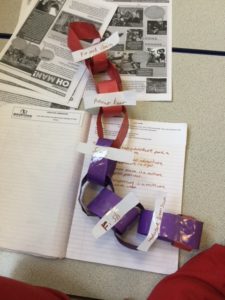
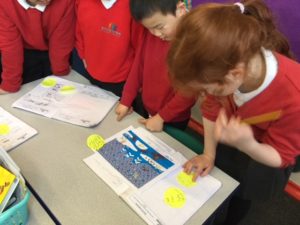
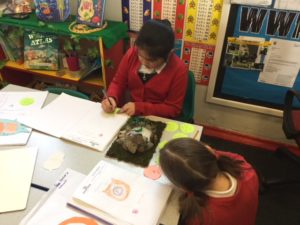
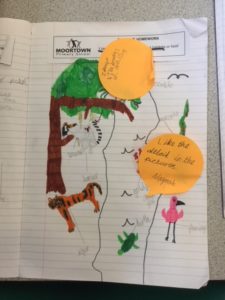
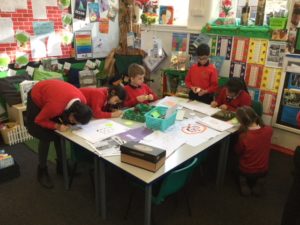

All the staff are constantly amazed by how much effort the children put into their homework. It is always a pleasure to see the class celebrate and share their work with each other. There are lots of great examples of homework below. Well done, Year 4!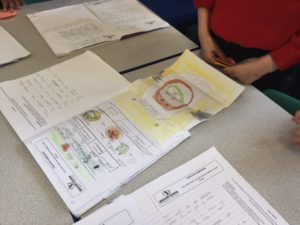

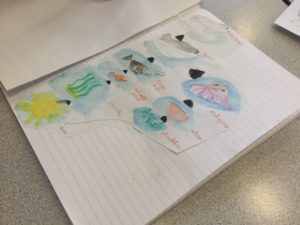
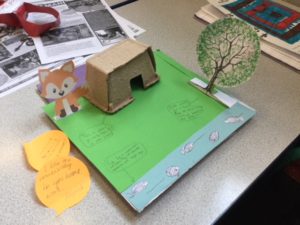
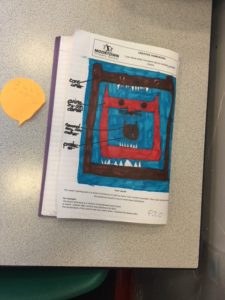

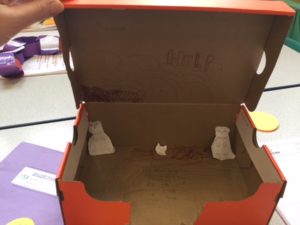

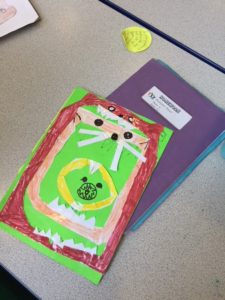
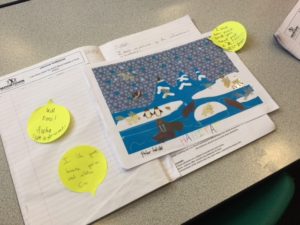

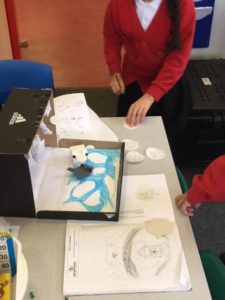
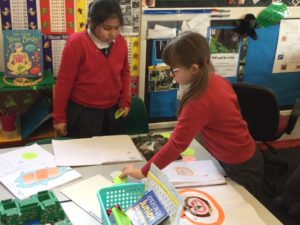
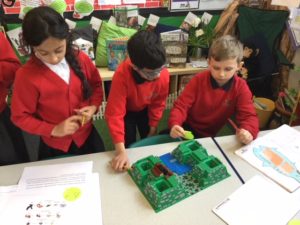
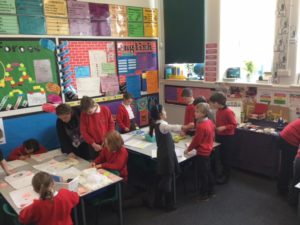
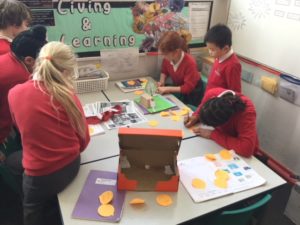

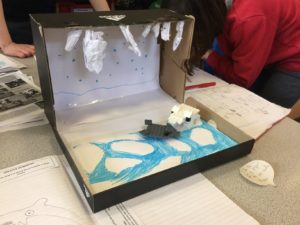
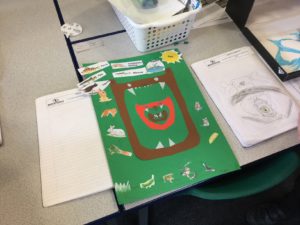


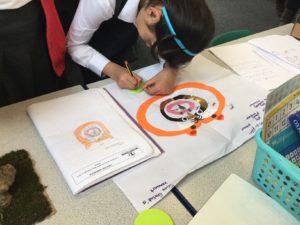


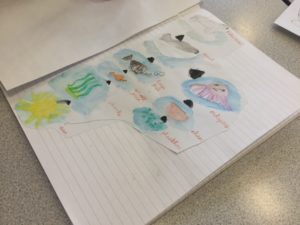
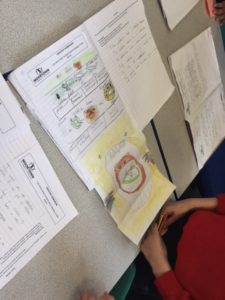
d:side esafety
This morning, Dave from d:side joined us to discuss how we can stay safe when we’re using the internet.
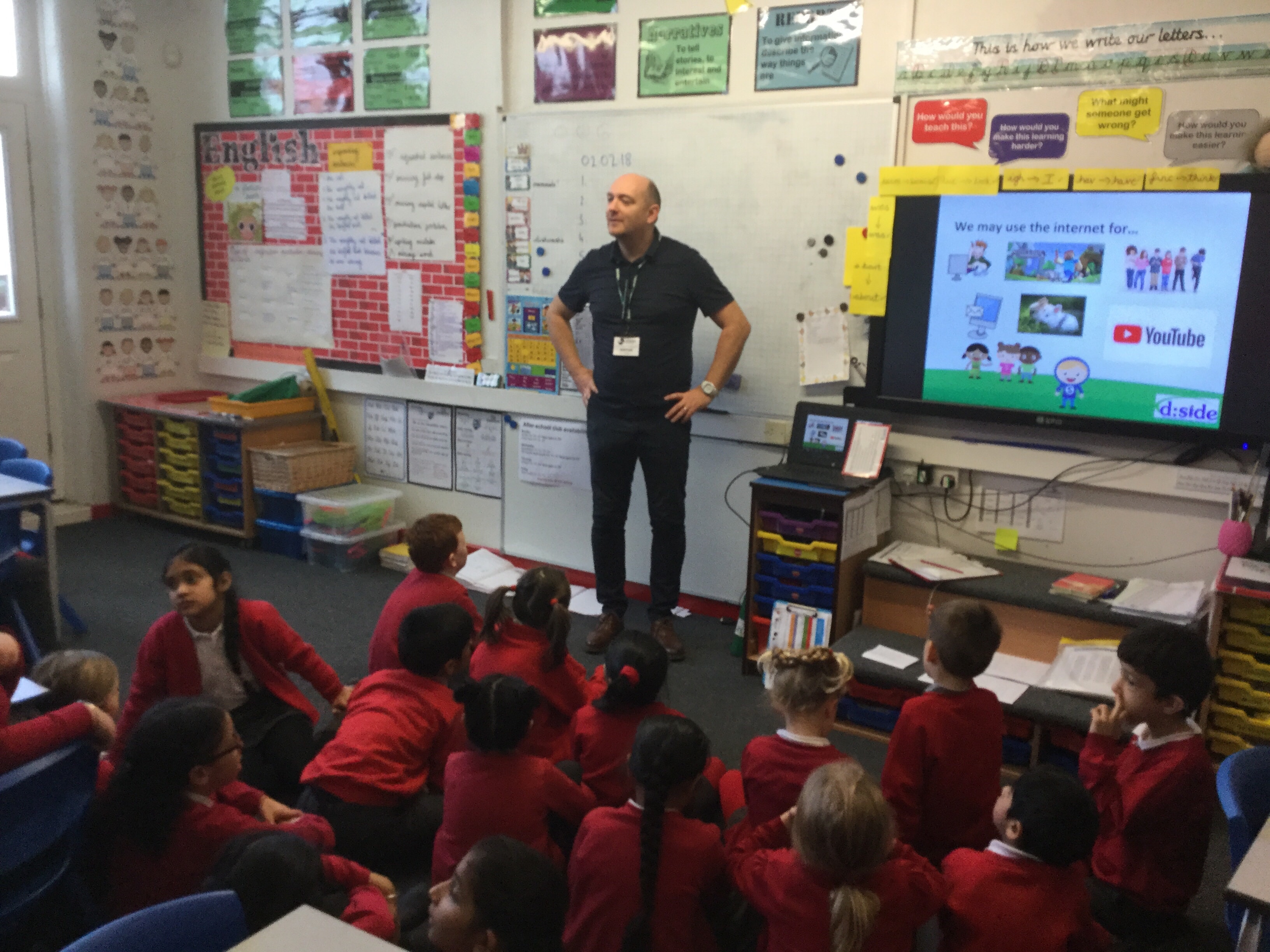
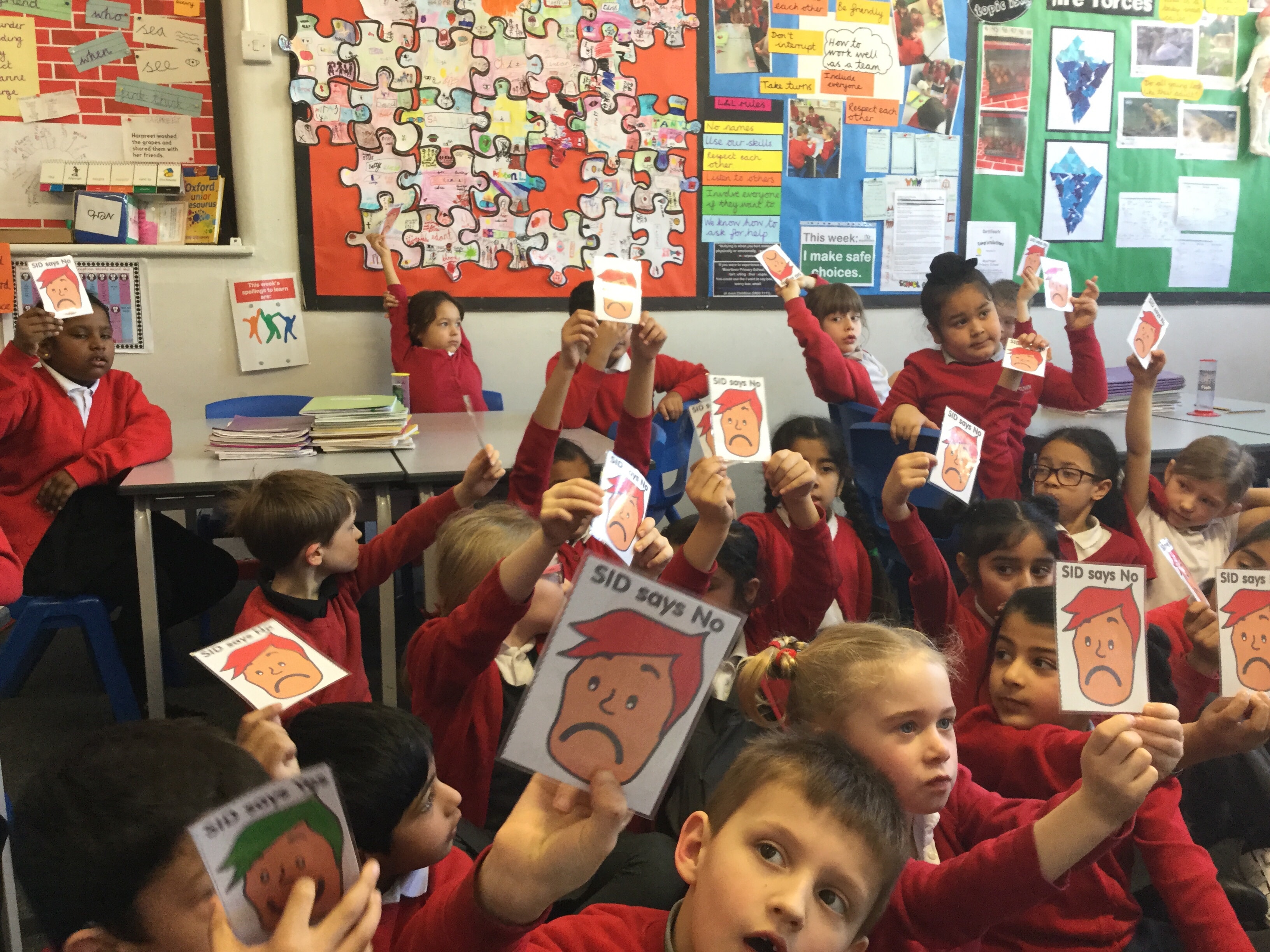
We talked about lots of things:
- how we need to be careful when looking for pictures online
- how we can make a Google search safe by adding ‘for children’ into our searches
- the types of games we should and shouldn’t be playing
- how and why we need to be careful before opening emails or clicking on links in websites
- why we need to be careful of posting things online like photos and videos
- how we need to stick to websites which are just right for us
Exploring classification
We began our topic lesson today with some Liquorice Allsorts on our desks. Why, we hear you ask?
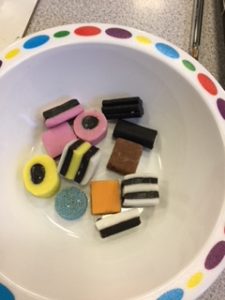
The children were asked to work as a group to sort the sweets according to clear characteristics that can split the specimens into two new groups.
They had to think of some questions that may help them to sort and split the sweets. The children thought about the following characteristics or features:
• structure (layered, encased in a shell)
• shape
• size
• colour
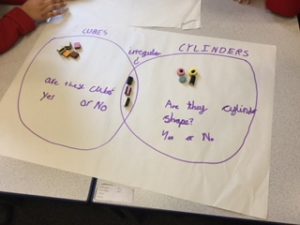
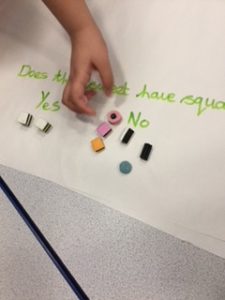
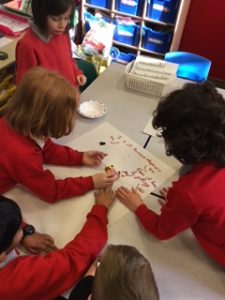
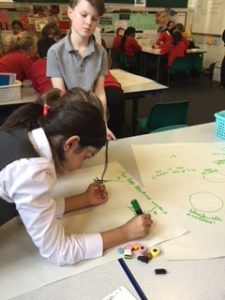

Using the idea of a flow chart, we began to group the sweets. The children tried to make their questions interesting and ensured that they always needed a ‘yes’/‘no’ answer, for example, ‘Is the sweet a primary colour?’
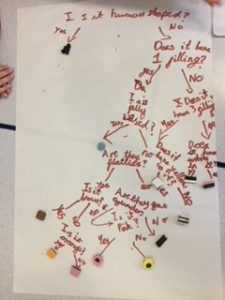
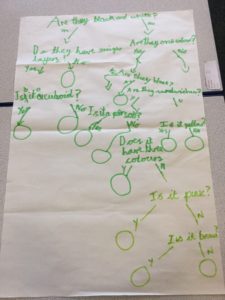
Next, our aim was to recognise that living things can be grouped in a variety of ways.
Using the same idea as before, the children had to generate questions that only had a yes/no answer, such as:
- Can the animal fly?
- Does it lay eggs?
- Does it have feathers?
- Is it a mammal?
- Does it breathe air?
- Does it live in water?
- Does it live on land?
The class were able to create their own animal flow charts to group the various creatures.
Are you safe online?
Today, we had a brilliant visitor who came in to talk to us about being safe online. This links to our Living and Learning theme I can make safe choices.
We discussed the fun activities we do online…
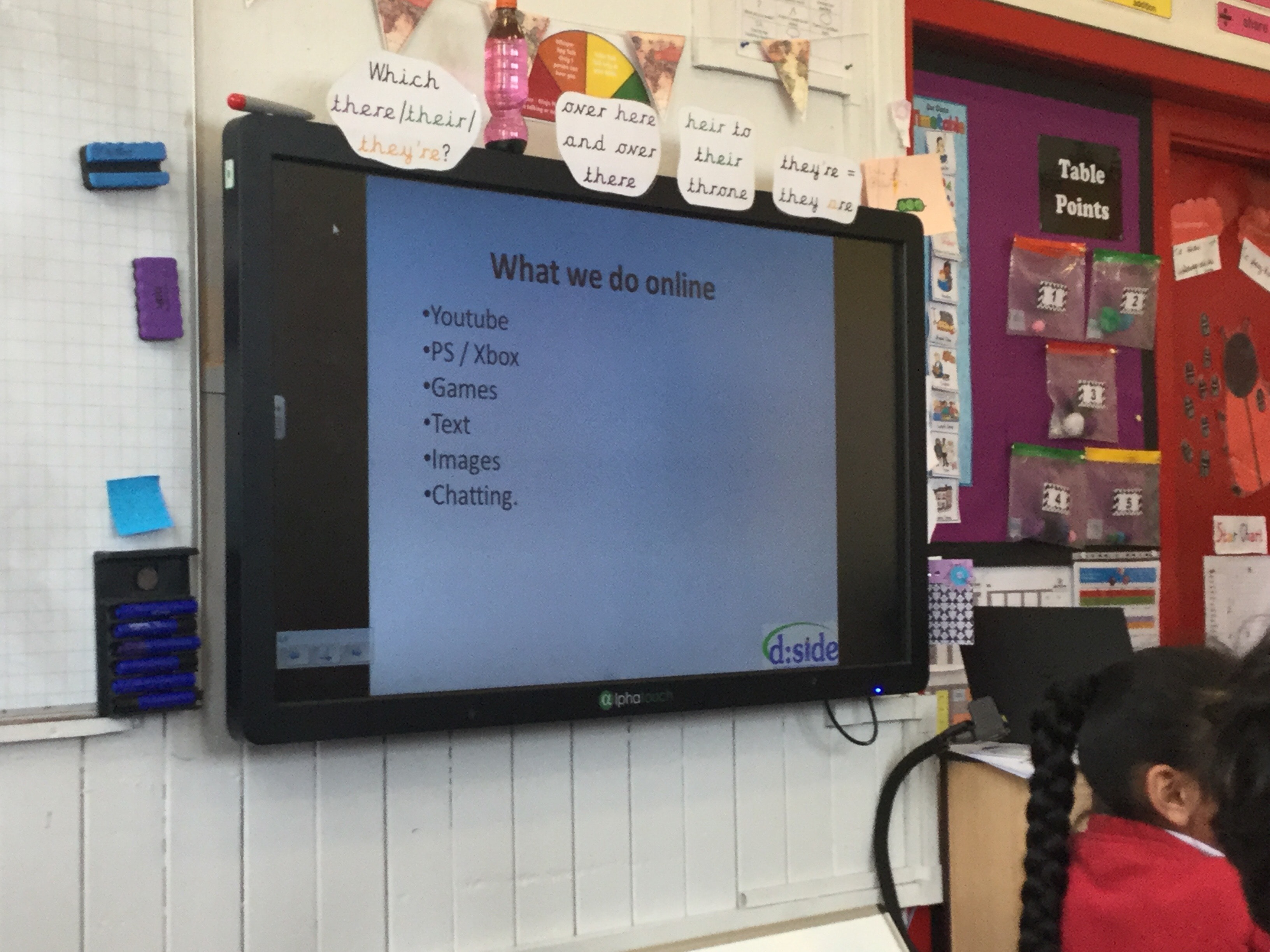
…and how we can do them safely. Have you ever heard of YouTube Kids? Make sure your profile settings are always set to private and you only chat or game with people that you know in real life and trust.
We sorted information into what was safe to share and what was unsafe to share which created lots of discussion and showed how clued up we already were.
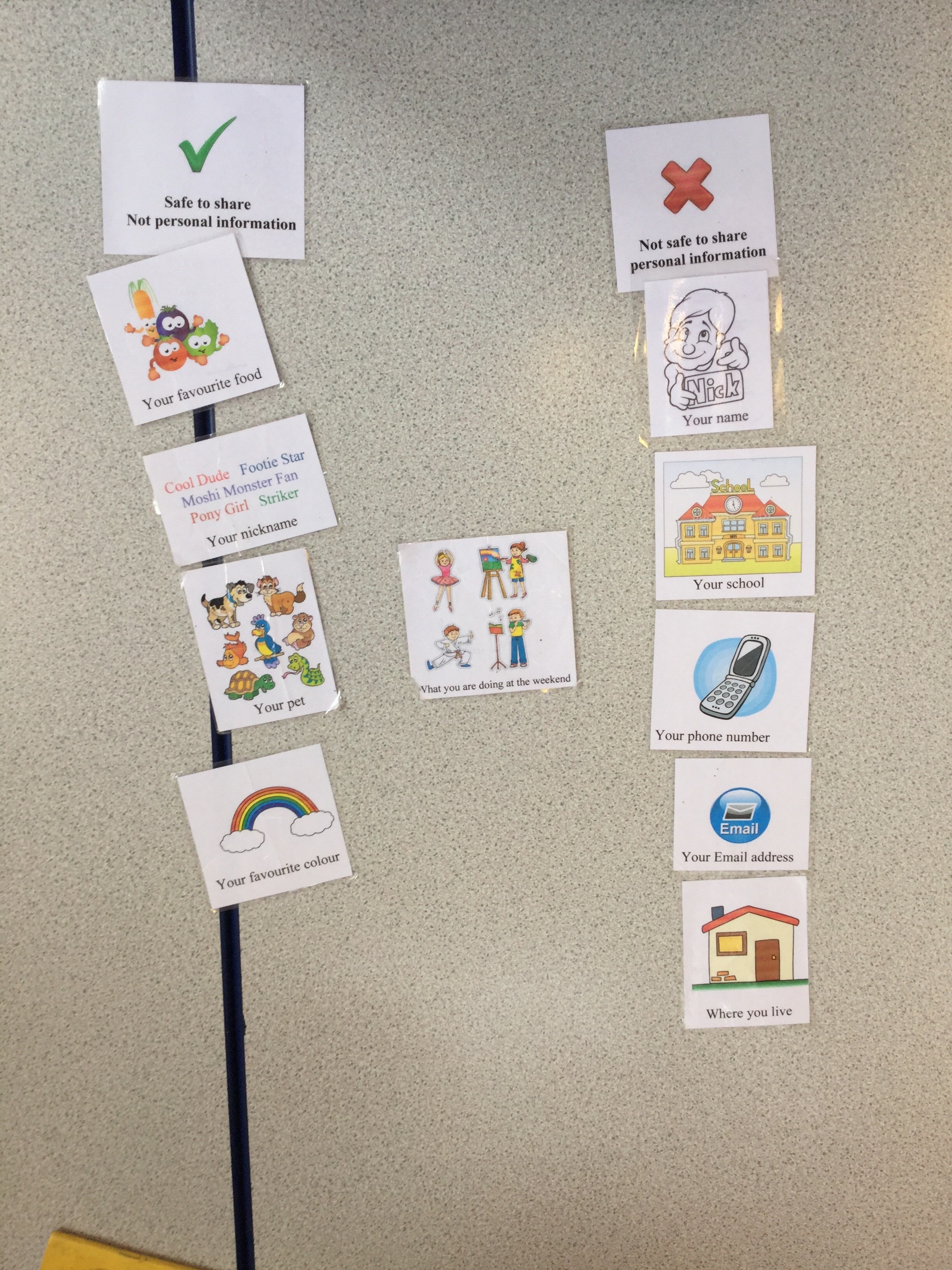
Never tell anyone your personal information like where you live or your full name. It’s much safer to make up a different username for each game, such as MinecraftMonster or GlitterUnicorn21.
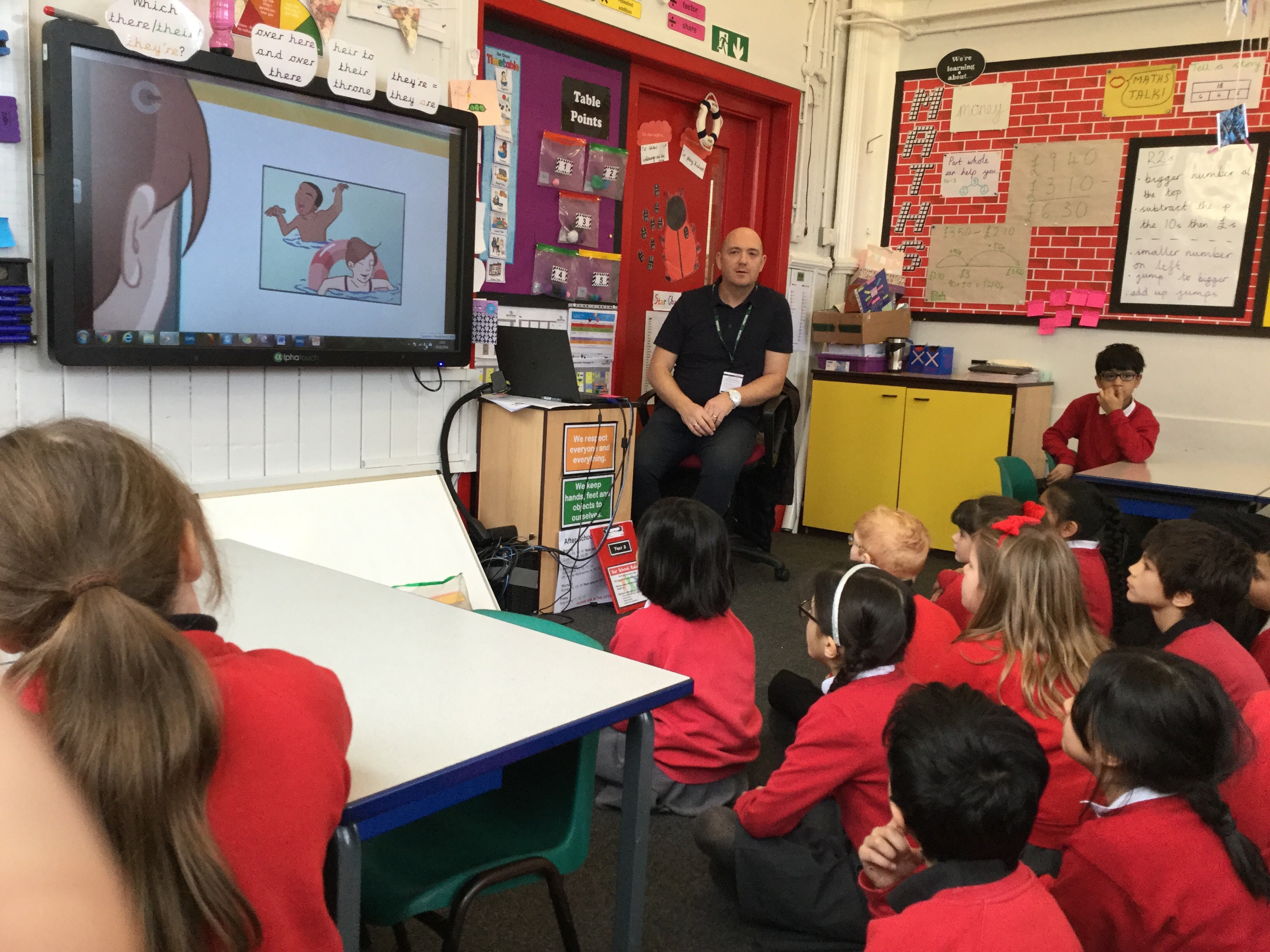
Make sure you tell an adult if anything is worrying you. Have fun online but be safe!




